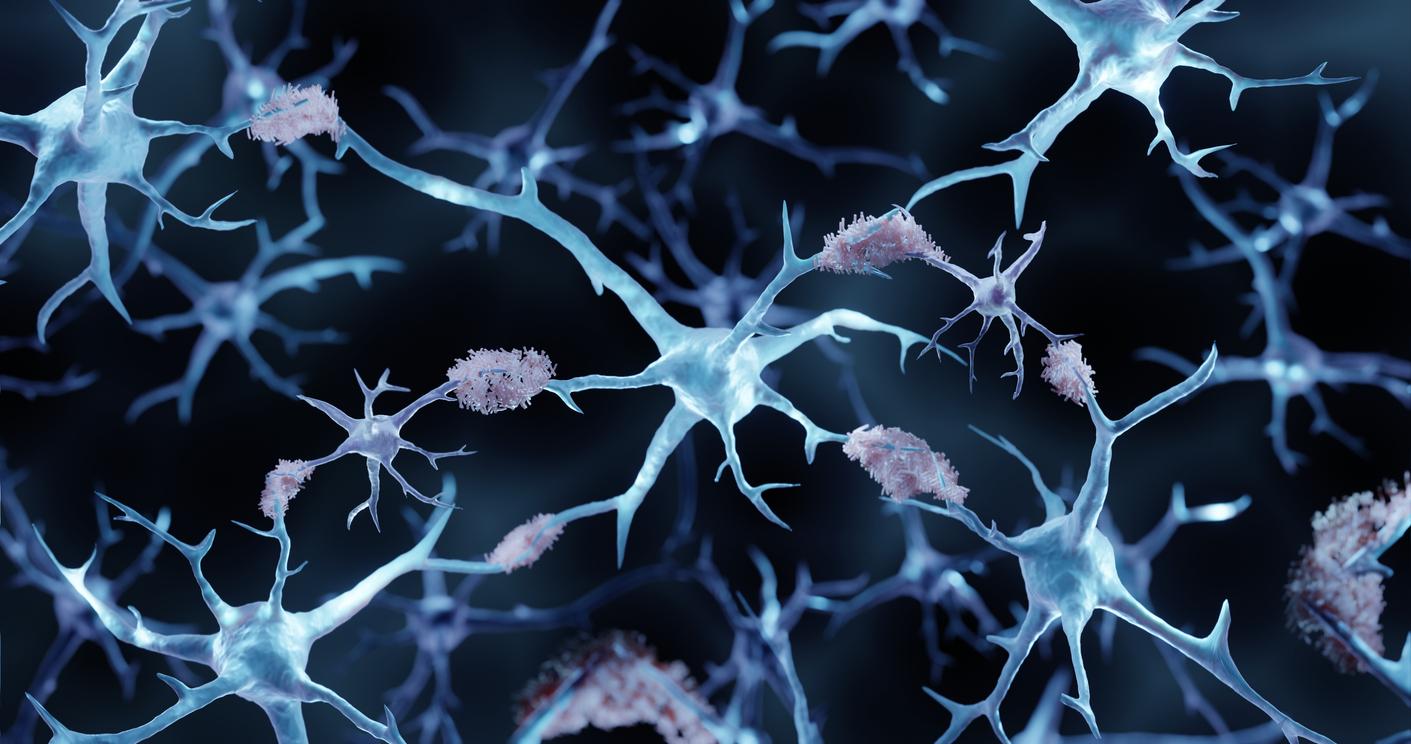Certain lipids could increase the toxicity of the beta-amyloid peptide which is implicated in the development and progression of Alzheimer’s disease.

- The lipids accelerated the rate of formation of small toxic clumps called “oligomers”.
- Cardiolipin allowed the strongest acceleration of the aggregation of the beta-amyloid peptide, which would play a role in the onset of Alzheimer’s disease.
- The basic shape or secondary structure of the small fibers of the beta-amyloid peptide depended on the lipids present when they were formed.
44 million. This is the number of people affected by Alzheimer’s disease in the world. “Growing evidence suggests that lipids can uniquely alter the aggregation rates of the beta-amyloid peptide (which plays a role in disease onset). However, it remains unclear whether lipids alter only protein aggregation rates or whether they also uniquely alter the secondary structure and toxicity of small fibers”, can we read in works published in the journal FEBS Journal. In this study, researchers from Texas A&M University (USA) examined the effect of three lipids: phosphatidylcholine, cardiolipin and cholesterol on the aggregation of the beta-amyloid peptide.
The interaction between the peptide and the lipids accelerates the formation of small toxic clusters
The authors found that lipids greatly accelerated the rate of formation of small toxic clumps called “oligomers”, relative to the rate of aggregation of the beta-amyloid peptide. In detail, cardiolipin allowed the strongest acceleration of beta-amyloid aggregation. Additionally, research has found that these lipids can alter the basic shape or secondary structure of the beta-amyloid peptide, which can further increase their toxicity. According to Dmitry Kurouski, author of the work, the results show a strong link between Alzheimer’s disease and changes in the lipid composition of neuronal membranes, which in turn can be influenced by a person’s diet.
Less cholesterol “to reduce the ability of lipids to react with the peptide”
According to the team, the study leads to the conclusion that the secondary structure of the small fibers of the beta-amyloid peptide is directly dependent on the lipids present during their formation. She also added that dietary factors can influence the lipid composition of neuronal membranes. “A diet that limits the amount of cholesterol may be important in reducing the ability of lipids to react with beta-amyloid peptide”reported Dmitry Kurouski.
According to him, certain dietary fats, such as omega-3 fatty acids, are important for maintaining the integrity and function of neuronal membranes. “Furthermore, cohorts have shown that dietary interventions, such as caloric restriction, can alter the lipid composition of neuronal membranes in animals,” he continued.
Alzheimer’s disease: treatments should target interactions
In a statementthe researcher explains that treatments should target not the beta-amyloid peptide itself, but more specifically the interactions between lipids and the peptide. “These interactions lead to the formation of highly toxic protein-lipid complexes that are far more toxic than the beta-amyloid oligomers themselves,” he concluded. Now, scientists want to dig deeper into the molecular mechanisms underlying the interaction between beta-amyloid peptide and lipids.
















